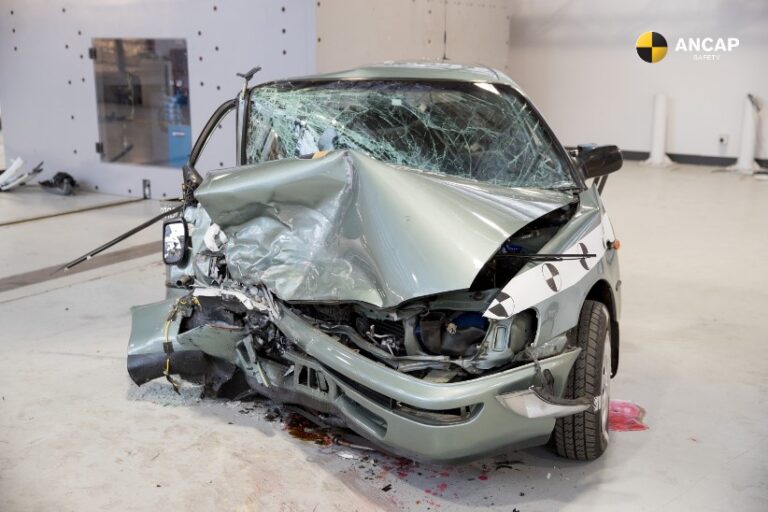– By Marc Sibbald –
I’ve been on several safety committees and other projects related to driver training and fleet policies. One topic that always creates a stir is vehicle first aid kits. The discussion is normally circular in nature and revolves around three questions;
- Should we have them?
- Should we train people how to use them?
- How much should we spend to get a good one?
After listening to this presentation at the end of the first conference day by Kiaran Drew, from Paramedic Integrity Health and Safety, I realised that there are so many other things to worry about if you are the first on the scene of a motor vehicle collision.
The other question I hear getting asked is, “What if I do something wrong and the person dies or is paralysed?”.
Drew addressed this by referring to the Good Samaritan Law which indicates that, “a good samaritan is a person who, in good faith and without expectation of payment or other reward, comes to the assistance of a person who is apparently injured or at risk of being injured.”
The point was also made that the crash or impact will cause the injuries. The assistance at the scene should be given with reasonable care and skill, and not exceed the person’s capabilities or knowledge. With this approach it’s unlikely to cause any further damage to the victims.
As a first responder the advice was to:
- Look out for any danger (Hint: vehicles only catch fire in movies so look for other possible risks like electrical wires)
- Position your vehicle to create a barrier for oncoming traffic
- Stop bleeding and clear airways
- Don’t remove the person from the car unless there is immediate danger (It can cause more injuries)
- Don’t move or clean up the debris (It will be used by the incident investigation team)
So, should you provide fleet drivers with first aid kits and safety devices? Well it comes down to a simple risk assessment. What is the frequency of an incident? And what is the severity if an incident occurs?
Each organisation should answer this in their own way but here is some information to consider:
- Average kilometres travelled for non-business use – 15,000 per annum**
- Average kilometres travelled by fleet drivers – 40,000 per annum**
- Severity of a metro low speed accident – Low**
- Severity of a metro high speed accident – High**
- Severity of a regional accident – High**
** FAN estimates for it’s internal risk assessment process.






